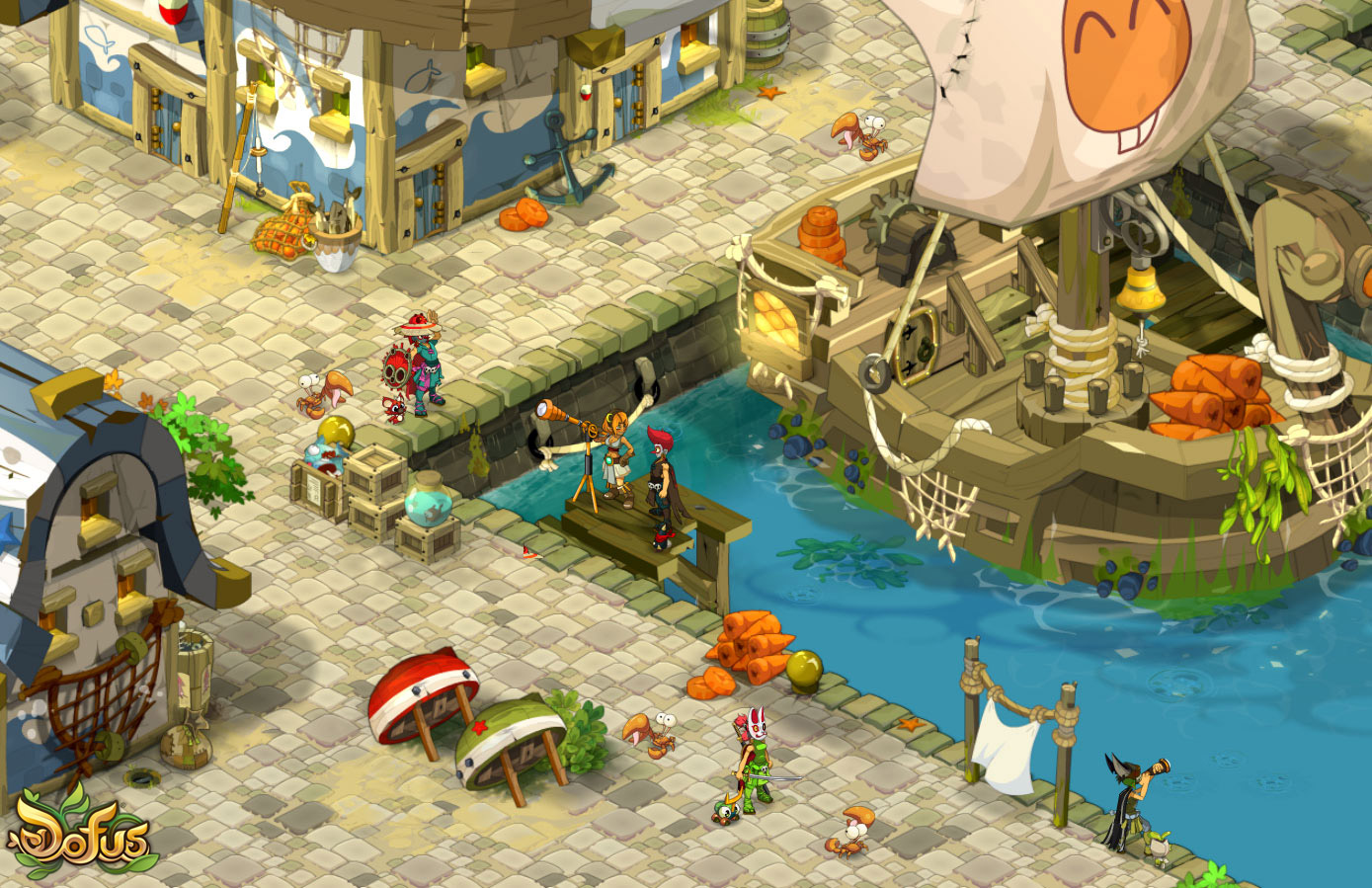

summer- and autumn-flowering species with fibrous roots, which thrive in moist dappled shade e.g.spring- and summer-flowering species from hot dry areas, with tuberous roots, e.g.spring-flowering species found in woodland and alpine meadows, often tuberous or rhizomatous e.g.In horticultural terms there are three main groups: Typically, only double-flowered forms of it are cultivated. One species of anemone, Anemone ranunculoides, is unusual for its yellow flowers. Color labelling inaccuracy in marketing is found in treatments of numerous other genera, especially as it concerns the color blue - although some popular garden flowers from the same family are actually blue, such as some selections from Delphinium. There are no truly blue anemones, despite the frequent use of the label "blue" in marketing to describe blue-violet flowers (flowers that are more violet than blue). Certain species, such as Anemone coronaria, are typically only available in hybrid form while others, such as Anemonoides blanda are nearly always sold in straight species form.Ĭultivated anemones are nearly always one of the following colors: bluish violet, white, pink, red, and hues in a range between violet and pink. In addition to certain straight species being available, hybrids and cultivars are available for certain species. Their popularity varies by species and region. Some of the species are grown in gardens.

The common name windflower is used for the entire genus. "Anemone" may also refer to Nea'man, the Phoenician name for Adonis, referring to an earlier Syrian myth of the god of vegetation, also tusked by a boar. The Metamorphoses of Ovid tells that the plant was created by the goddess Aphrodite when she sprinkled nectar on the blood of her dead lover Adonis, and Ovid describes the etymology as referring to the frailty of the petals that can be easily blown away by the wind. ex Pritz.) Fisch.Īccording to the Oxford English Dictionary, Greek ἀνεμώνη ( anemōnē) means 'daughter of the wind', from ἄνεμος ( ánemos, 'wind') + feminine patronymic suffix -ώνη ( -ṓnē, so 'daughter of'). Anemone bucharica (Regel) Finet & Gagnep.Anemone brevistyla C.C.Chang ex W.T.Wang.Anemone alaschanica (Schipcz.) Borodina.proposed the following two subgenera and several sections be retained, with a number of subsections and series:

The larger subgenus Anemone showed a similar pattern. Anemonidium demonstrated four subclades, corresponding to sections. In contrast two clearly defined monophyletic clades emerged corresponding to the above two subgenera. found many of the previously defined subdivisions, based on morphological characteristics were polyphyletic or paraphyletic.

A further reclassification by Hoot and colleagues (2012) estimated 200 species.
#ANEMONA DOFUS SERIES#
Ziman and colleagues (2008) treated the genus Anemone as 5 subgenera, 23 sections, 4 subsections, 23 series and about 118 species. Įarly molecular analyses divided the genus into two subgenera ( Anemonidium and Anemone), with seven sections, and 12 informal subsections. Several of these were included as separate genera within Anemoneae by Wang et al., a tribe with six genera in total. As considered in the broader sense ( sensu lato) the genus is sometimes considered to include a number of other genera, such as Anemonoides, Anemonastrum, Hepatica, Pulsatilla, Knowltonia, Barneoudia, and Oreithales. Taxonomy Īnemone was named by Carl Linnaeus in 1753 and is situated in the tribe Anemoneae, subfamily Ranunculoideae, and the family Ranunculaceae. The achenes are beaked and some species have feathery hairs attached to them. The fruits are ovoid to obovoid shaped achenes that are collected together in a tight cluster, ending variously lengthened stalks though many species have sessile clusters terminating the stems. The flowers have nectaries, but petals are missing in the majority of species. The leaf margins are toothed or entire.įlowers with 4–27 sepals are produced singly, in cymes of 2–9 flowers, or in umbels, above a cluster of leaf- or sepal-like bracts. Leaves are simple or compound with lobed, parted, or undivided leaf blades. Anemone are perennials that have basal leaves with long leaf-stems that can be upright or prostrate.


 0 kommentar(er)
0 kommentar(er)
